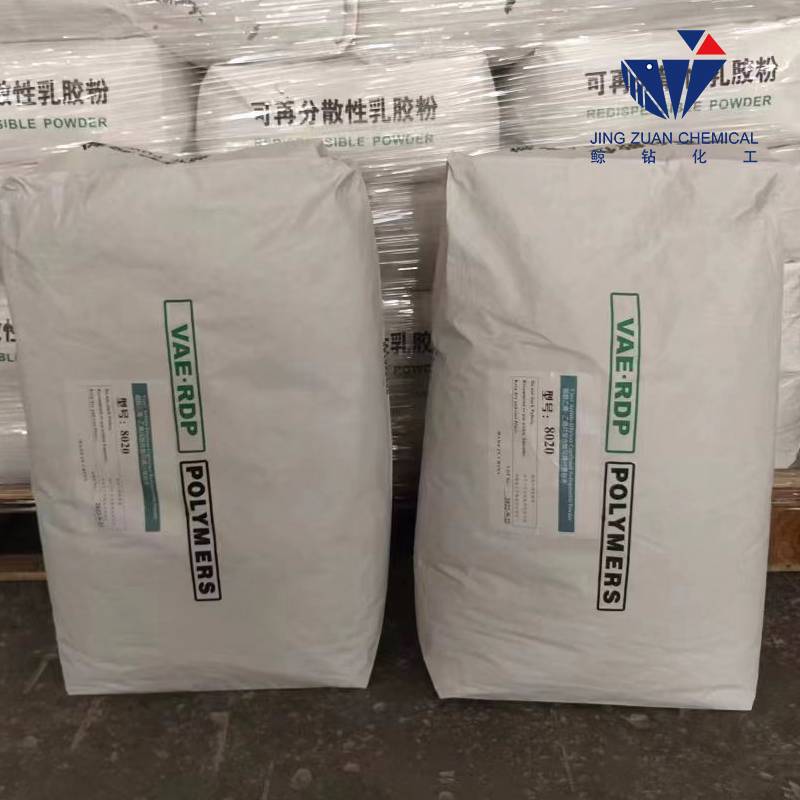
nov . 08, 2024 20:32 Back to list
mhec-methhyl hydroxyethyl cellulose factory
The Significance of Methyl Hydroxyethyl Cellulose in Modern Industries
Methyl Hydroxyethyl Cellulose (MHEC) is a highly versatile cellulose derivative that plays a critical role in various industries, particularly in construction, pharmaceuticals, food production, and personal care products. This water-soluble polymer is valued for its unique properties, including thickening, binding, and film-forming capabilities. As demand for sustainable and efficient materials grows, the importance of MHEC in industrial applications continues to rise.
Properties and Production
MHEC is derived from natural cellulose, which is obtained from the cotton plant or wood pulp
. The production of MHEC involves chemical modification through the process of etherification, where methyl and hydroxyethyl groups are introduced to the cellulose structure. This modification enhances its solubility in water and increases its molecular weight, resulting in enhanced functional attributes.One of the primary benefits of MHEC is its ability to act as a thickening agent. This property is particularly valuable in construction applications, where MHEC is commonly used as an additive in cementitious materials, such as tile adhesives, grouts, and plaster. By improving the workability and consistency of these mixtures, MHEC allows for better adhesion and reduced sagging, ultimately contributing to the longevity and durability of construction projects.
Applications in Various Industries
1. Construction In the construction industry, MHEC is a game-changer. Its ability to enhance water retention in dry mortar mixtures is crucial for ensuring proper hydration of cement. This leads to increased strength and reduced cracking in the final product. Additionally, MHEC improves the spreadability of tile adhesives, making them easier to apply while providing excellent bonding performance. Manufacturers in this sector often rely on MHEC to meet the high-performance demands of modern construction materials.
2. Pharmaceuticals MHEC is also widely used in the pharmaceutical industry as a binder and thickener in various formulations. It is found in both tablets and suspensions, where it helps to improve the consistency and flow of the active ingredients. The controlled release of drugs can also be achieved using MHEC, offering a way to enhance the therapeutic effects of certain medications. Its non-toxic nature makes it a preferred choice for pharmaceuticals intended for human consumption.
mhec-methhyl hydroxyethyl cellulose factory

3. Food Industry In the food industry, MHEC serves as a stabilizer and thickener in various products such as sauces, dressings, and dairy products. The ability of MHEC to retain moisture helps improve the texture and mouthfeel of food items, enhancing overall consumer experience. Additionally, its natural origins and safety profile make it suitable for use in organic and health-conscious food products.
4. Personal Care Products MHEC is also prevalent in personal care formulations, including shampoos, lotions, and creams. Its thickening properties help achieve desired viscosities while ensuring the product maintains a pleasing texture. Moreover, MHEC assists in stabilizing emulsions, preventing the separation of oil and water phases in cosmetic products. As consumers increasingly seek products that are both effective and safe, MHEC is becoming a staple ingredient in personal care formulations.
Sustainability and Future Trends
As industries turn towards sustainable practices, MHEC stands out as an eco-friendly option. Being derived from renewable cellulose sources, MHEC presents a biodegradable alternative to synthetic polymers that are commonly used in similar applications. The shift towards green chemistry processes in its production further enhances its appeal, making it a focal point in the development of sustainable materials.
Future trends in the application of MHEC are likely to emphasize innovation and adaptability. With ongoing research, there is potential for new formulations and modified versions of MHEC that cater to specific industry needs, improving performance while maintaining environmental integrity.
Conclusion
In conclusion, Methyl Hydroxyethyl Cellulose is an indispensable ingredient across several industries, providing a range of functional benefits that enhance product performance. From construction to pharmaceuticals and personal care, MHEC's versatility, safety, and eco-friendliness position it as a crucial component in modern formulations. As the demand for sustainable solutions continues to grow, MHEC's role is expected to expand, driving innovation and efficiency in various sectors. The future of MHEC looks promising, ensuring that it remains a vital player in industrial applications for years to come.
-
Why HPMC is a Key Additive in Wall Putty Formulations
NewsAug.05,2025
-
Redispersible Powder in Decorative Renders: Function Meets Finish
NewsAug.05,2025
-
Redispersible Powder for Interior Wall Putty: Smooth Results Every Time
NewsAug.05,2025
-
HPMC’s Water Retention Capacity in Dry Mortar Applications
NewsAug.05,2025
-
HPMC Factory Contributions to Liquid Detergents
NewsAug.05,2025
-
How HPMC Factory Products Change Detergent Textures
NewsAug.05,2025







